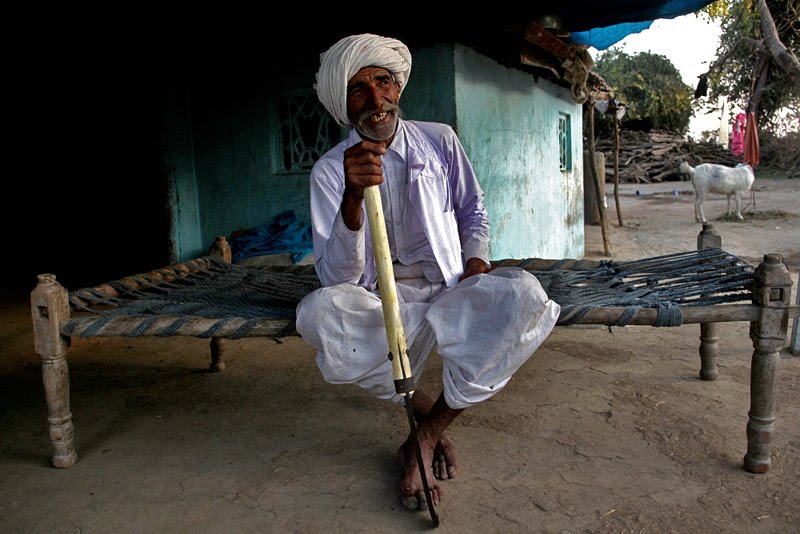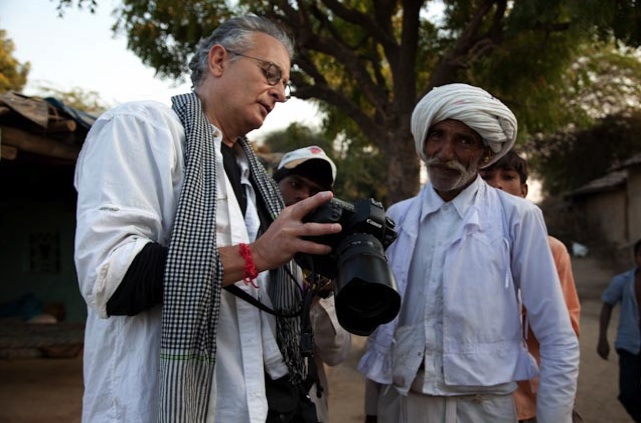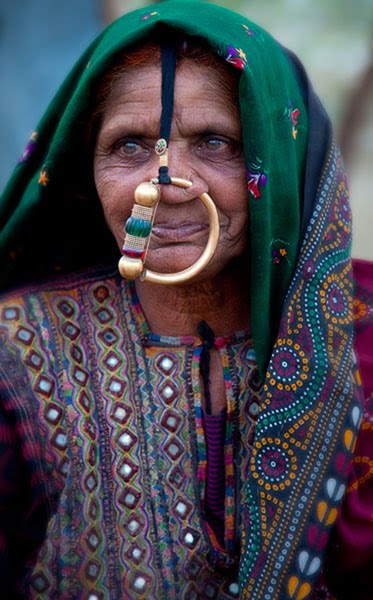
Last-of-the-Blackberries Cobbler
Now that she has absolutely no idea who I am, my 92-year-old grandmother likes me just fine.
Whenever I stop by her nursing home she greets me with a grin and the same question: "Should I know who you are?"
Nope, I always assure her, you don't know me at all. I'll offer her my arm and for a few minutes we will toddle around the yard, making polite chat about the weather and the relative cleanliness of any cars in the lot. Back at the door of her building, she'll thank me for the outing. If she's had a good morning at bingo, she might even press a mini KitKat or a few peanut M&Ms into my hand.
It wasn't always like this. Although reportedly thrilled to welcome her first grandchild, her enthusiasm for me waned from then on, bottoming out around the time I learned to talk. Decades of holiday phone calls went exactly like this: "Hiya, kid!" she'd cry, then, "Now, pass the phone back to your dad."
It's an odd thing to have a grandparent who dislikes you; after all, liking grandkids is the main item in their job description. It's odder still when you have a lot in common with that grandparent. My grandma did a lot of things that, even as a kid, I considered cool. She traveled extensively, sewed stylish clothes and knitted complicated sweaters, and always had some screwball craft project on the go, usually involving repurposed rhinestone jewelry and/or googly eyes. We shared a lot, but only indirectly. We never traveled together. I took sewing lessons at a yarn barn, and learned to knit from a friend. I started my own stockpile of rhinestones and googly eyes from scratch.
It was only when it came to cooking that I felt some traction. When we visited she'd pass around gooey sandwiches and rich casseroles and I'd think to myself, Surely this is something remotely like love.
Cobbler was one of her classics. She made it with whatever fruit was in season or in the deepfreeze--most often foraged blackberries or marionberries, a testament to her thrift and persistence. Sometimes she'd tell me and my parents that the cobbler on the table had been made with the last of the frozen berries, and I'd read into that that she was really happy to see us.
Cobbler was one of the last things she made before she and my step-grandfather left their home for a assisted living facility. She'd already slipped pretty far, and her last cobbler was not, alas, her best, but more importantly, she invited my dad and me over for the making of it, to train us in the way of cobbler. Better late than never.
My grandmother was in my thoughts when I set out to gather enough late-season blackberries for one last cobbler. Along with her craftiness I inherited some more dubious tendencies, most notably stubbornness and irrational thrift. The latter drove me out into the alley for one last forage, despite the bounty already in the freezer; the former spurred me to stretch to my full tip-toed height, determined to reach a juicy cluster dangling overhead. I inevitably overbalanced and took a comical spill into the brambles, emerging snagged, scratched, juice-spattered and laughing, recalling a story about my grandma's first week in the locked memory-care unit.
Finding herself unable to roam freely and unable to understand the reasons for her confinement, Grandma took action. When the coast was clear she pushed a planter against the wall of the patio; my 5-foot grandma clambered over the 7-foot wall and tumbled onto the grass on the other side. She brushed herself off and walked around to the front of the building where she was seen and apprehended as she tried to totter out towards the main road (surely one of the slowest-speed chases on record).
When my dad heard the story he asked her if she was scared trying to climb down from that high wall.
"Oh, no," she insisted, "when I was a kid I used to do things like that all the time."
"But Mom," my dad pointed out, "that was eighty years ago."
So maybe I'll also inherit her selective regard for the passage of time. I used the berries I gathered to make the summer last just a little bit longer. Although the recipe I use is neither my grandma's (which calls for shortening, a non-presence in my kitchen) nor my mother's (Bisquick, same story), the cobbler turned out pretty well. I would have liked to share it with Grandma, to see if she'd have anything nice to say about a total stranger's cooking.
Cornmeal Cobbler
2 lbs fruit or berries, fresh or frozen (but preferably free!)
up to 1 c sugar
2 Tbs cornstarch
3 Tbs sugar
1 c cornmeal
1 c flour
2 tsp bp
¼ tsp salt
1 c buttermilk
½ tsp almond extract
1 beaten egg
4 Tbs melted, cooled butter
Mix the fruit and the sugar (to taste) and spread in a shallow baking dish. Whisk together the starch, 3 Tbs sugar, cornmeal, flour, baking powder, and salt. Mix the almond extract, buttermilk, egg, and butter, and stir into the dry ingredients. Top the fruit with large spoonfuls of batter. Bake 30-35 minutes at 375.













